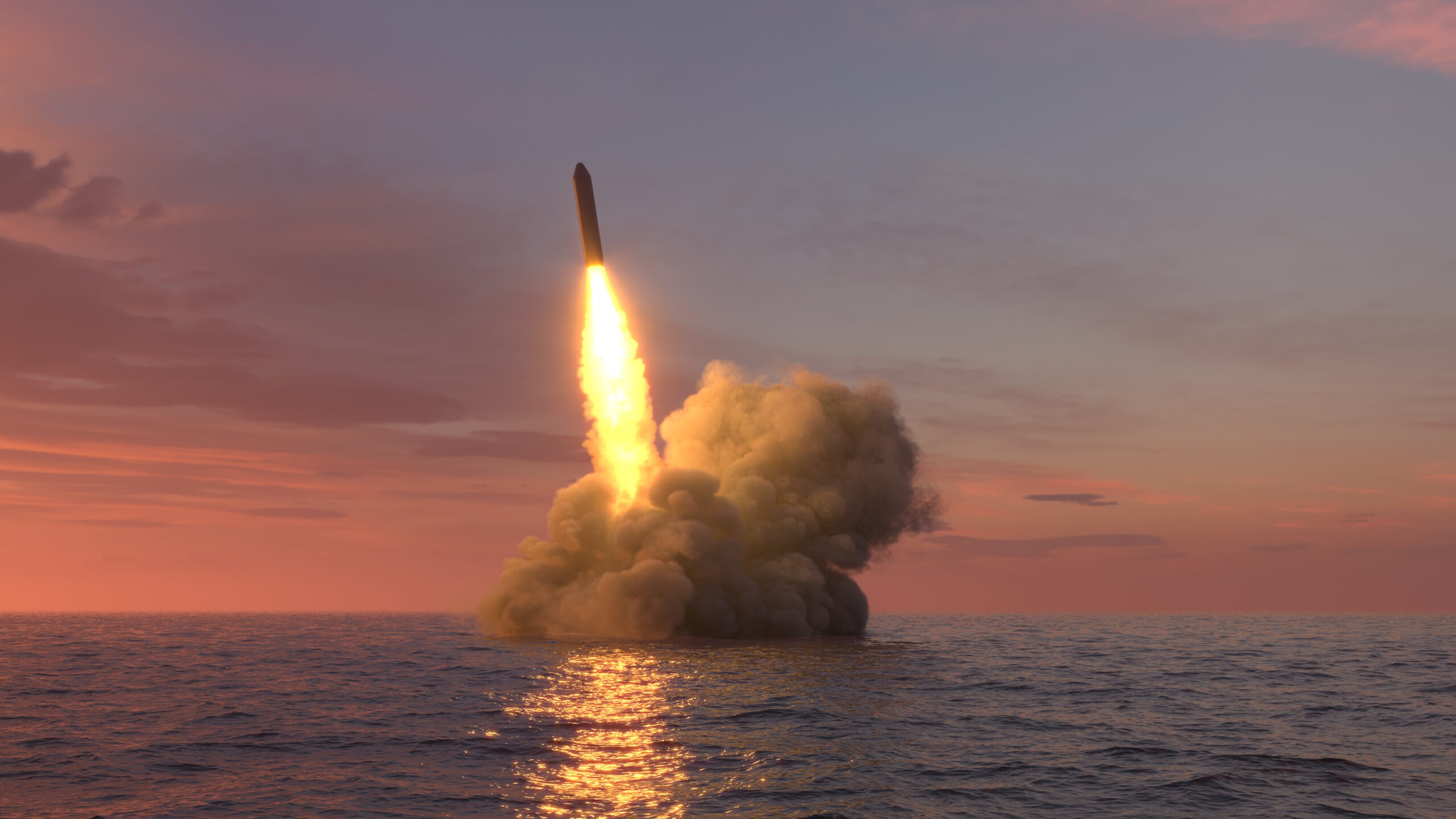Missile Controls in East Asia
A global race to acquire sophisticated long-range missiles is underway, despite their destabilizing impact on international security. This is a particularly serious problem in East Asia, where the risks of conflict and conflict escalation are growing, and mechanisms to limit and manage these risks are absent.
The pursuit of security through deterrence, and the temptations of lucrative export markets are proving hard to resist for many decision makers in East Asia and beyond, but these ambitions could backfire. Robust measures are needed to stem the missile build-up, encourage restraint, and reduce the risk of conflict escalation and war ― including nuclear war.
Anyone who still doubts the existence of a missile race in East Asia either hasn’t been following developments or is in denial. Squabbling over the definition of what officially constitutes an “arms race” has been a distracting pastime for defense officials and analysts over the past few years, but recent developments speak for themselves.
China’s expanding missile capabilities continue apace; the United States and Russia are both deploying new, advanced missiles in the region; North Korea’s missile arsenal is growing in size and sophistication; and Japan, South Korea and Taiwan are all pursuing advanced missile capabilities, including precision-guided and hypersonic systems. Amid these developments (which are being driven by a combination of security, prestige, and economic imperatives), tensions are rising.
Managing this situation presents special challenges in East Asia, where membership of the existing Missile Technology Control Regime (MTCR) is sparse and regional arms control initiatives have been slow to emerge. This increases the risk of conflict because the habits of restraint, transparency, and cooperation that the regime has encouraged elsewhere have not had a chance to develop in East Asia.
In the past, the regime has helped constrain missile proliferation and develop rules, standards, and mechanisms that reduce missile dangers, serving not only to prevent arms build-ups, but foster mutual restraint.
Most importantly, it has helped increase strategic predictability, reducing the chance that miscalculation and accidents could trigger an escalating and potentially catastrophic conflict. Upholding and expanding the regime are thus in the interest of every state and should be a priority for the region’s major powers.
The question, of course, is how to get East Asian countries to cooperate to constrain the arms race dynamics. The first step is for political leaders to acknowledge the problem urgently needs to be addressed. This will require effective policy advocacy from expert communities, and engagement by political elites in frank discussion on missile risks in diplomatic forums, including the East Asia Summit.
The next step is to draft realistic action plans. In addition to unilateral and joint declarations of restraint, this includes measures to halt the erosion of the MTCR and expand the scope of the Hague Code of Conduct; steps to develop and implement regional standards around missile activities (including drawing on Europe’s Vienna Document and other regional risk reduction arrangements); and dialogue on missile controls in bilateral and multilateral forums.
In this security-building process, the patient negotiation of a landmark agreement needs to be combined with immediate confidence-building measures (CBMs). It is worth bearing in mind, for example, that the 1987 Intermediate-Range Nuclear Forces Treaty took nearly eight years to negotiate at a time of immense strategic tension.
In today’s multipolar environment, concluding an equivalent treaty could take even longer. In the meantime, it should be possible to craft a framework of shorter-term, mutually beneficial CBMs. Examples include unilateral declarations of restraint (on the threat or use of longer-range missiles and other potentially destabilizing weapons); annual exchanges of military information (including on military doctrines); risk reduction measures (such as hotlines and advance notification of missile tests); and the establishment of military-political dialogue.
East Asia’s leaders will have to explore new ground in their search for effective missile controls. The existing international regime has failed to keep up with technological advancements and is being eroded in several areas.
The arms build-up in East Asia has contributed to this erosion, as regime members outside the region have reacted to the proliferation of advanced systems (from hypersonic cruise missiles to autonomous weapons and cyber offensive capabilities) with retaliatory actions that contravene their voluntary commitments. Tackling this problem adds to the challenge of creating new controls, making it necessary for the U.S., Russia, India, Australia, and others to support and participate in the dialogue process.
Decisions taken in the name of national security can have serious and unintended consequences, sometimes increasing strategic risks. It’s a shared responsibility of all political and military leaders and strategic analysts to acknowledge and address these risks. Given East Asia’s changing strategic landscape and potential flashpoints, the security incentives to acquire advanced missile capabilities are strong.
But the impact these decisions have on the threat perceptions and military behavior of others is just as strong, driving destabilizing action-reaction dynamics that have global consequences. These dynamics need to be controlled, however difficult, and the time to start doing so is now.
Tanya Ogilvie-White is senior research advisor to the Asia-Pacific Leadership Network for Nuclear Non-Proliferation and Disarmament (APLN) and Tanvi Kulkarni is an APLN policy fellow.
This article was published in The Korea Times on 28 July 2021 and is part of dedicated, regular column with analysis by APLN members on global issues. You can find the original post here.
Image: iStock/Alexyz3d

